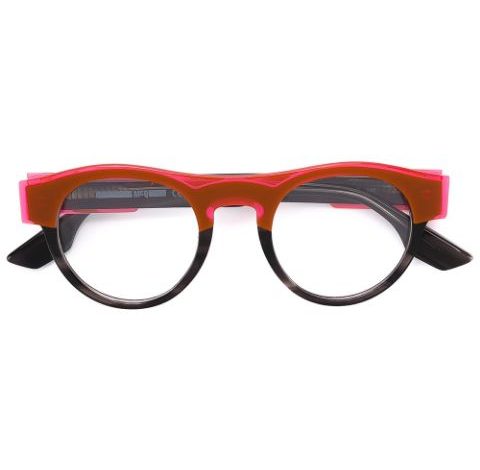WHAT IS COLOUR BLINDNESS
brought to you by Eye2Eye:
What is Colour Blindness?
Colour Blindness is an inaccurate term for a lack of perceptual sensitivity to certain colours, and is most commonly due to an inherited condition. Absolute colour blindness is almost unknown, and colour perception deficiency would be a far better description for this fairly common condition. There are three types of colour receptors in our eyes, red, green and blue. Colour perception deficiency comes as a result of a lack of one or more of the types of colour receptors. For example, red-green colour blindness is a result of a lack of red receptors. Most colour perception defects involve red or green or both. About 10% of males have a colour perception defect, but this is rare in females.Another form of colour blindness – yellow-blue – is the second most common form, but it’s extremely rare. There is no treatment for colour blindness, nor is it usually the cause of any significant disability. It can, however, preclude employment in an increasing number of occupations, where there is a requirement for normal colour vision.
What is the daily life of a colour challenged person like?
Colour vision deficiencies bother affected children from the earliest years. At school, colouring can become a difficulty when one has to take the blue crayon – and not the pink one – to colour the ocean. When cooking, red deficient individuals battle to tell whether their piece of meat is raw or well done. Neither can they tell the difference between green and ripe tomatoes or between ketchup and chocolate syrup/ Some food can even look definitely disgusting to them.For example, people with a green deficiency cannot possibly eat spinach which to them might look like cow pat! They can, however, distinguish some citrus fruits. Oranges seem to be a brighter yellow than that of lemons. To them, purple looks like a dark blue that is almost black and red is a very dark grey that is also almost black. Some of them cannot fully appreciate a rainbow because they can only see two light colours, blue and yellow. When driving, they only distinguish traffic lights from street lights in terms of brightness. They cannot tell whether a woman is wearing lipstick or not.
When at the beach with a redhead woman whose skin cannot be exposed to the sun for a long time, a colour deficient person may not be able to warn her if she is getting sunburnt. However, they distinguish faded and gray colours much better and they may even appear attractive to them.


